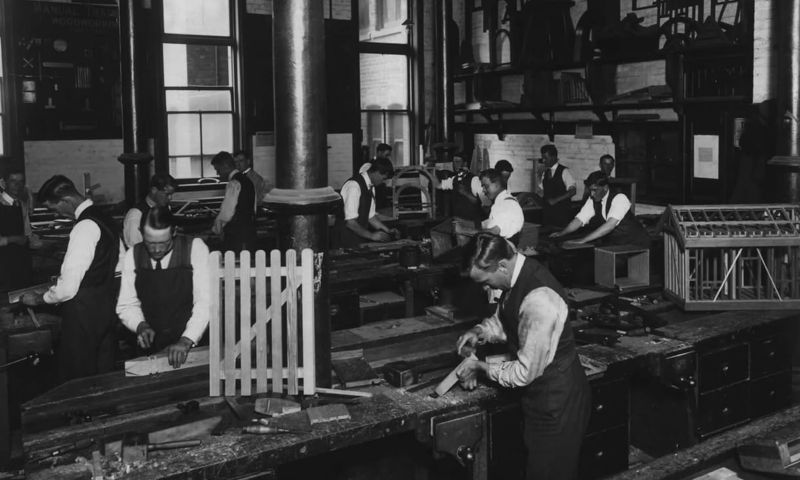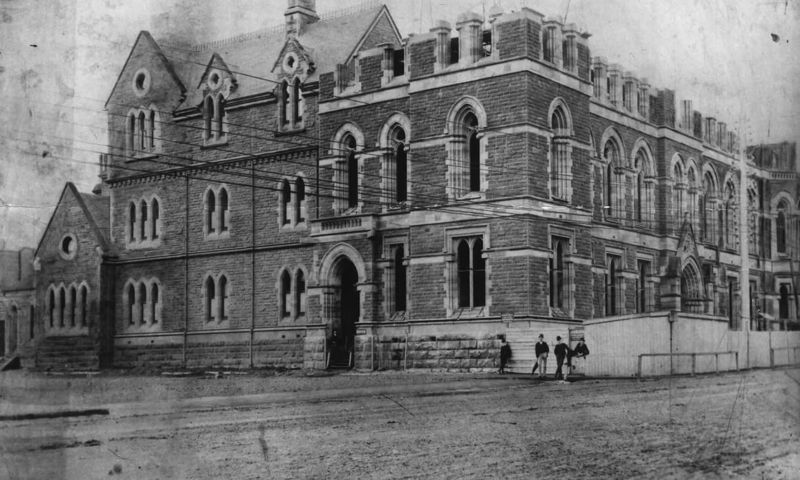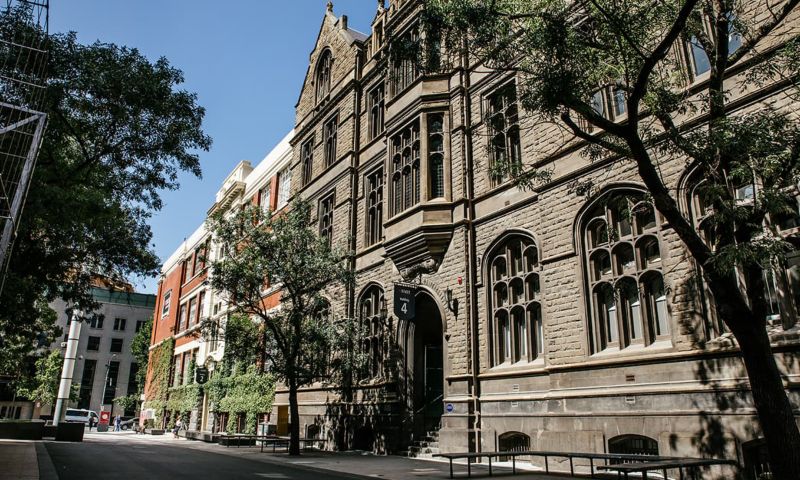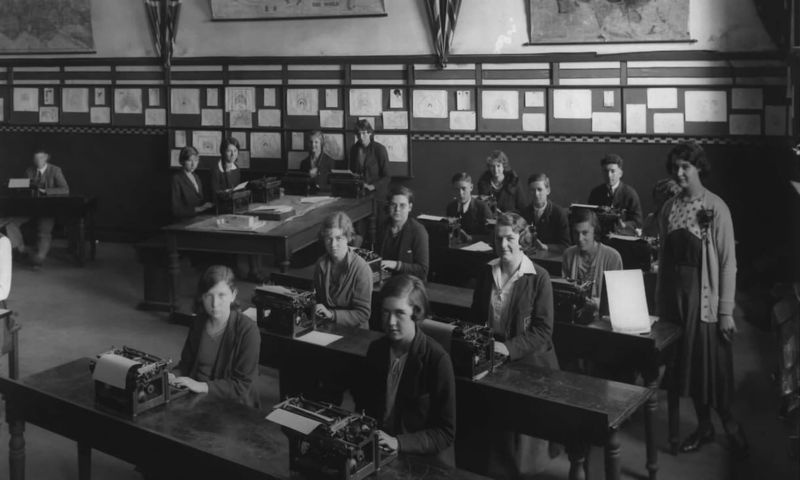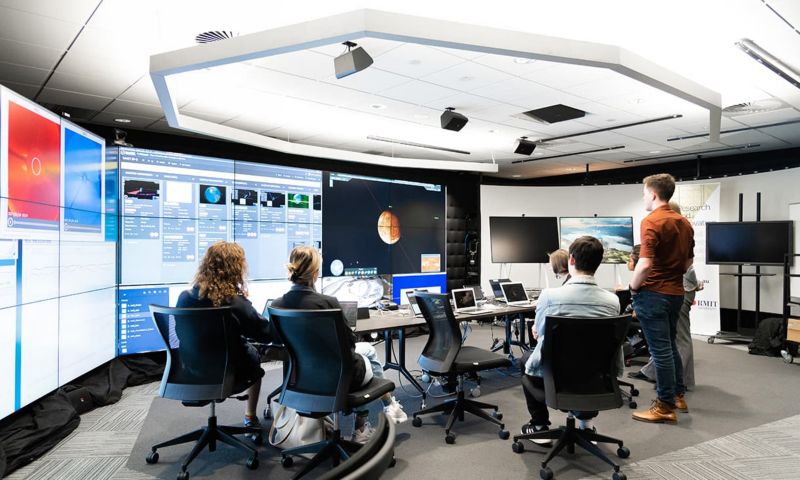The college days
RMIT was established as the Working Men’s College, but don’t let the name fool you. Merely a year after establishment, the College was offering Victorian men and women technical, business and arts classes.
As the College grew over the years – privatised in 1904; expanding into the bluestone courtyards of the Old Melbourne Gaol (or as you know it now, the Alumni Courtyard); offering courses in engineering and radio; helping over 1500 World War I servicemen reintegrate into civilian life with vocational training – the students realised that their life experiences were no longer encapsulated by the name “Working Men’s College”, and they successfully petitioned to rename the institute to the Melbourne Technical College.
The College played a significant role in Australia’s war efforts during World War II, training 20,000 servicemen in communications and 2,000 in munitions production. The graduates ended up forming most of the Royal Australian Air Force communication officers.
The Australian Government would subsequently commission the College to manufacture military aircraft parts as well, including heavy involvement in the Beaufort Bomber.
